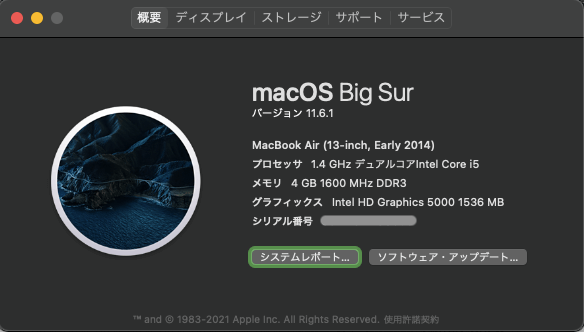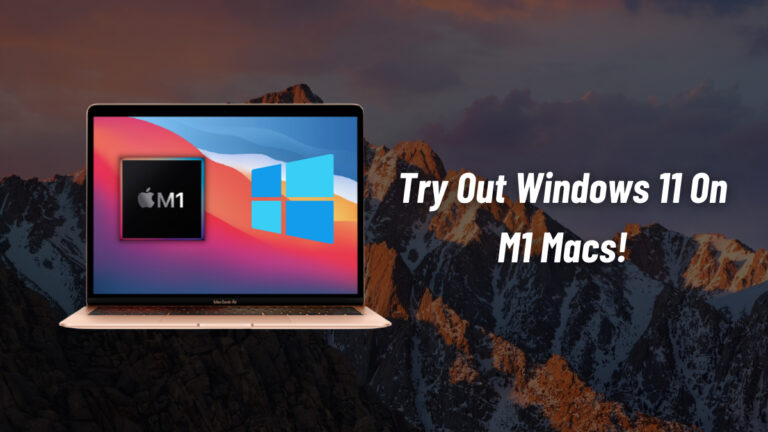


Virtualbox is a virtualization platform used to extend the usability of your current computer also known as your host computer. In this tutorial, we will be installing VirtualBox on a Mac. Get Windows from Microsoft or install freely available operating systems such as Ubuntu, Fedora. Now you can create a new virtual machine for Mac, including a Windows VM on Mac. Open Parallels Desktop.app from the Applications folder and choose File » New. Can Windows 10 run on an Apple silicon M1 MacBook Air? Today, Krazy Ken tries to run Windows 10 on ARM with ACVM and QEMU. Virtualbox is a virtualization platform used to extend the usability of your current. VirtualBox latest version: Run Windows and OS X at the same time. VirtualBox 7.0 is available for hosts on Windows, Linux, Solaris, Intel-based Macs, and, as noted, with heavily flagged early-stage support for ARM-based Macs.VirtualBox for Mac, free and safe download.

Perhaps most interesting for Linux hosts is support for DXVK, the Vulkan-based implementation of DirectX layers that allows for running 3D Windows applications in Wine. Linux hosts receive "reworked" screen resizing, along with "initial support" for automatic updating of the Guest Additions inside Linux guests. For the moment, though, that means they've lost internal networking functions Oracle says it will be "provided at a later date." You will, however, be able to run ARM-based Linux installations in macOS Venture that can themselves run x86 processors using Rosetta, Apple's own translation layer.īeyond that bright caution signage, Mac clients, on both Intel and ARM, have now dropped all Kernel extensions, relying entirely on Apple's hypervisor and vmnet frameworks for their function. It's still true that ARM-based Macs don't allow for running operating systems written for Intel or AMD-based processors inside virtual machines.


 0 kommentar(er)
0 kommentar(er)
